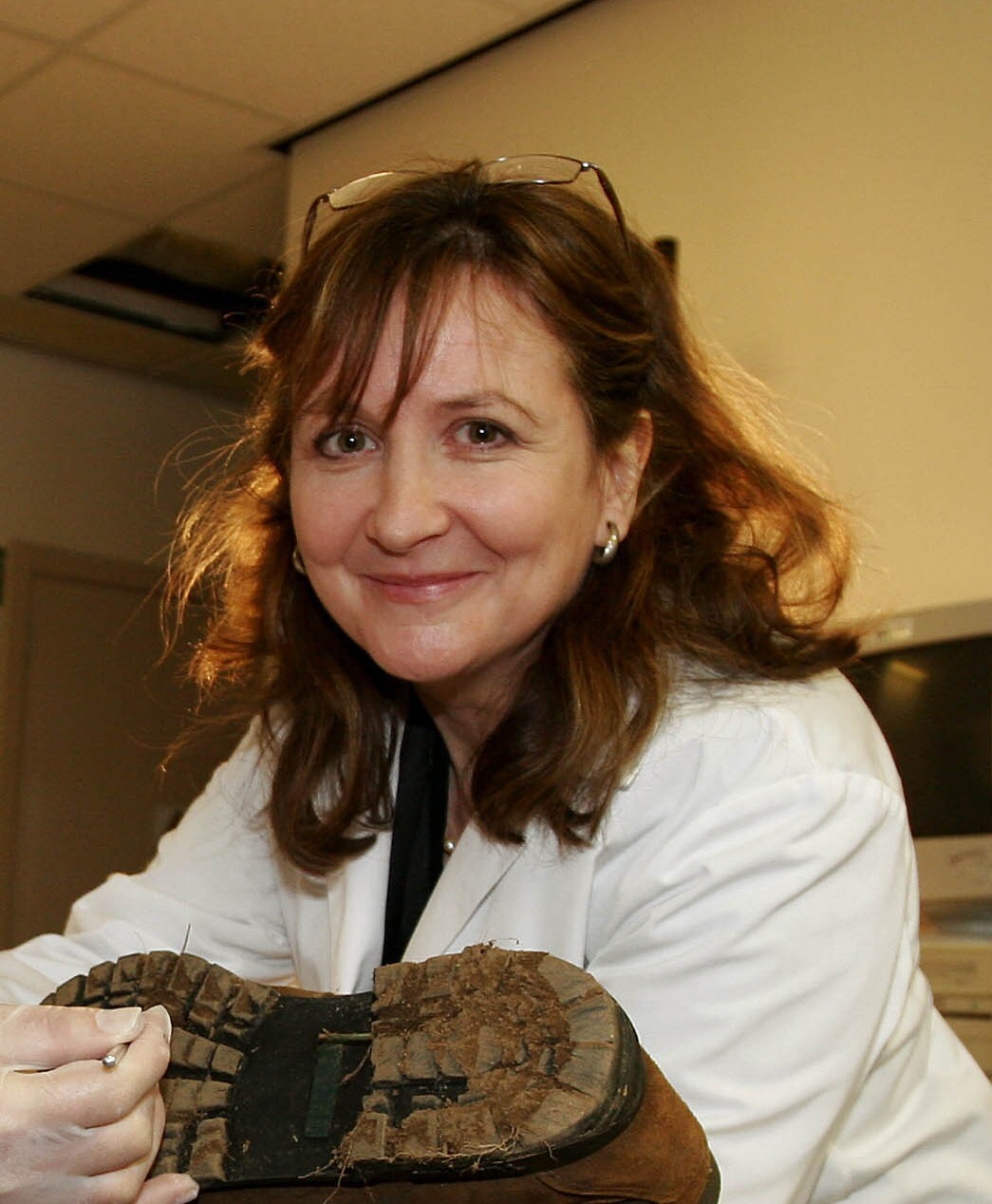Soil as Trace Intelligence and Evidence
Jun 9, 2022 02:20 PM - Jun 9, 2022 02:40 PM, Lorna Dawson, Trace Evidence, Section Presentation
*NOTE: This presentation will not be recorded*
It contains case sensitive information so the taking of photography is prohibited.
Forensic soil science is an increasingly important discipline, involving soils, minerals, dusts, plants and rock fragments to determine provenance i.e. to provide a chronology of their ownership, custody or location. Soil materials have been used as forensic trace evidence because of their environmental specificity; their high levels of transferability; their ability to persist on items such as clothing, footwear, tools and vehicles; and their high levels of preservation after long periods of time. This resilience makes soil trace materials, frequently present at crime scenes and forensic exhibits, highly valuable forms of intelligence and evidence that can aid crime investigations and reconstructions.
Significant advances in forensic geoscience over the past decade, in the development of analytical approaches, miniaturisation and also in understanding the behaviour, transfer, persistence and preservation of sediments, soils and plant material which has widened their applicability. Evidence samples (unknown, questioned samples) can be analysed using a broad range of complementary methods that address their physical, chemical and biological components with greater precision, speed and accuracy than ever before. This now permits samples of less than 10 milligrams to be accurately characterised, and permits forensic soil science to also contribute to cold case investigations, both in providing intelligence and evidence in court.
Forensic geoscience has mainly been used in the past in the context of high-impact crimes such as murder, rape, aggravated burglary and terrorism investigations, where resources allow it. With delopments in analytical technology, and an increasing understanding of how soils and sediments are distributed within natural and anthropogenic environments, forensic soil science has more power to answer questions such as: “Where did the soil material come from?’, or “Where has this item been?” Understanding the context of a specific case is crucial to help answer such questions. In addition, being able to explain the significance of the evidence that has been analysed, and demonstrating logically and transparently how a conclusion has been reached, remains important for forensic soil science specifically and trace evidence generally.

